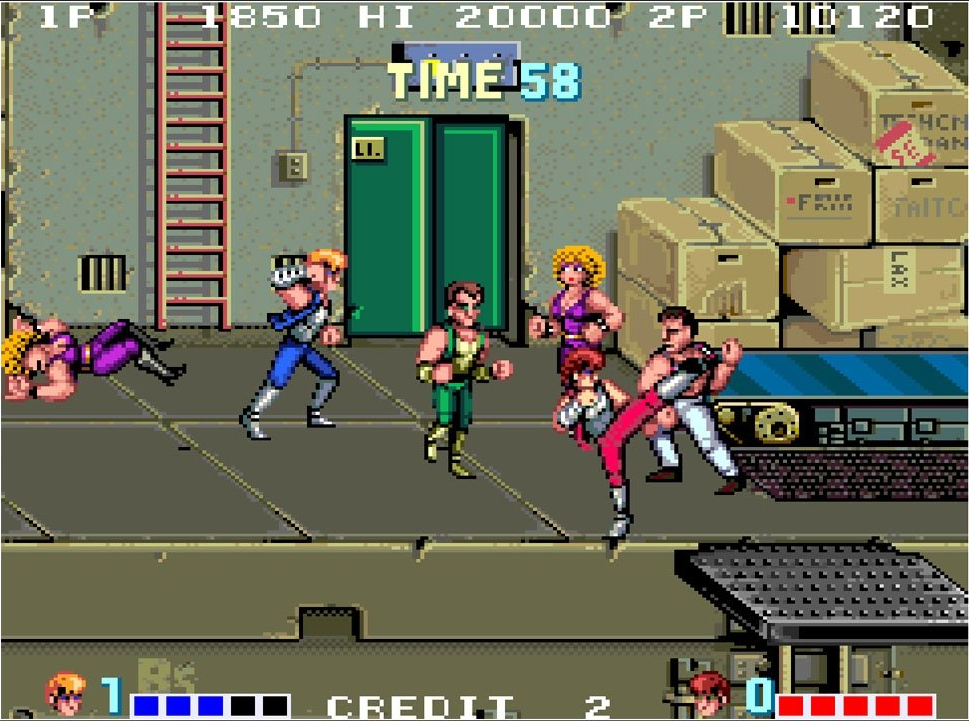
Time can be cruel for games. Some games don’t age well. The advance in computational and graphical power is painfully clear. But time can also be a filter to separate great from mediocre games. If a game survives for decades, there is a big chance it’s a great game.
Games are released to run on very specific hardware and operating systems. Older games do often not run out of the box on modern computers. However, this does not mean that running them is impossible, or even challenging. There are several options to play these games, depending on what you find important or achievable.
List of Contents:
- Original hardware
- “Rerealesed” mini consoles
- Specialised handhelds
- Dedicated hardware
- Daily laptop, PC or phone
Original hardware
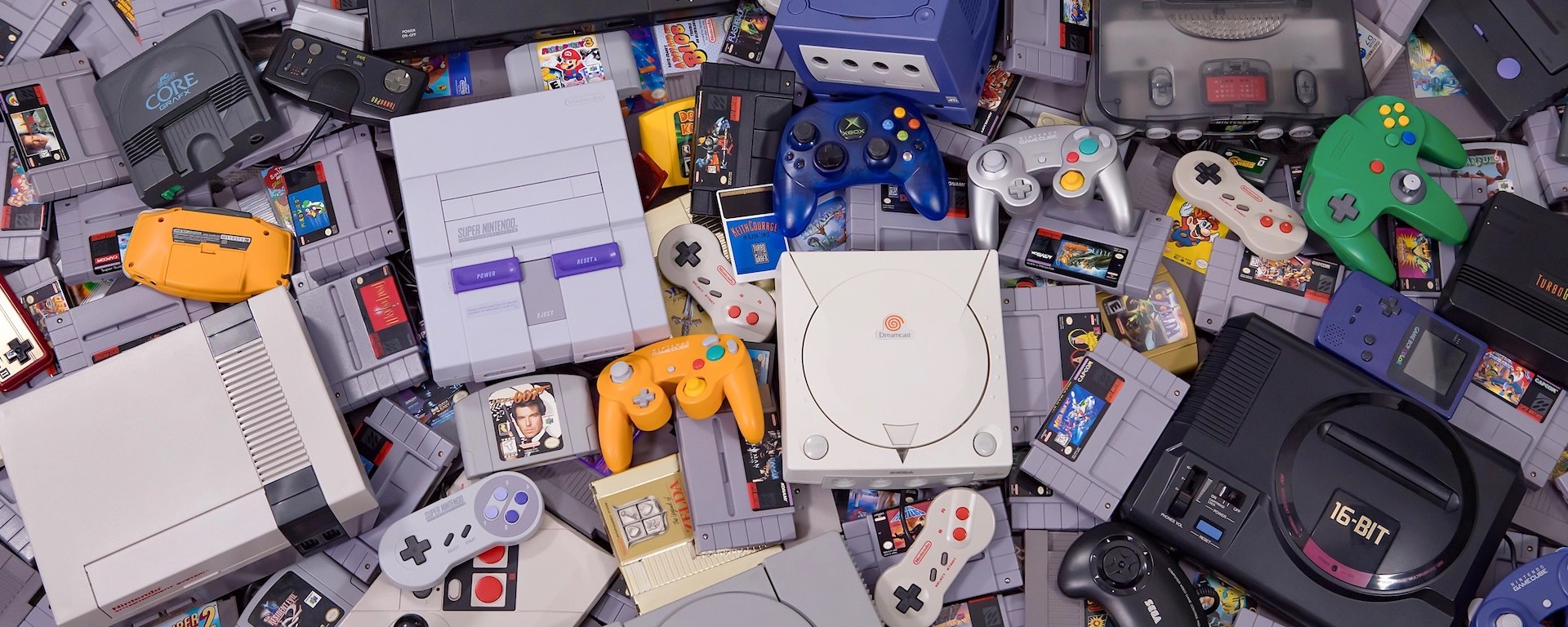
If you want to experience games how they were meant to be played, this is the way to go. Full stop. Maybe you kept your old devices, or found something in an attic or in a garage sale. Also, start looking for CRT TVs (tubes) and a soldering iron for when stuff breaks.
There have been many generations of gaming consoles, and each generation had many competing ones. Some brands still exist today, while many others disappeared with the years. For arcade machines is the situation even more complicated because most of them had dedicated hardware… per game. Many arcades, consoles and games will be hard to find and be prohibitively costly. This is a collector’s meta-game and not practical for most people.
“Rereleased” mini consoles
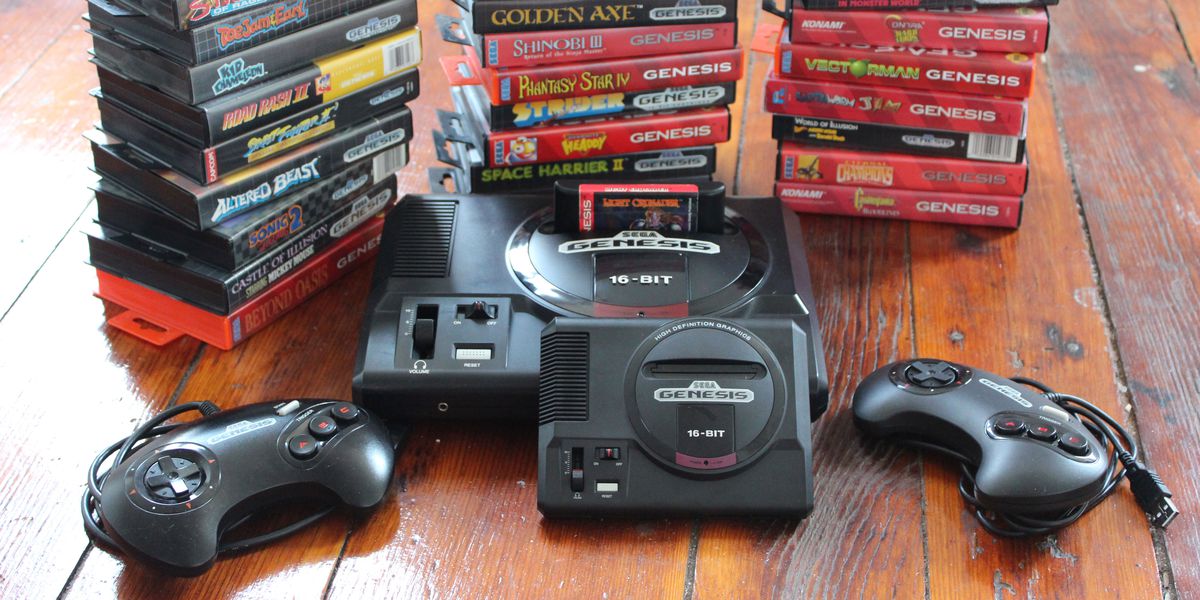
This is also part of the collector’s meta-game: got to catch them all!
In the last few years, there has been a boom of “mini consoles”. Many of the older game companies -or rather whoever ended with the name and the IP- jumped into the nostalgia powered “mini console” market. A cute mini device that looks like a mini version of the original console is bundled with controllers and a tiny selection of games for the platform (some collections are great, most are disappointing). Most, if not all, of these devices run a software emulator. From the top of my head I can think of mini Nintendo NES, Nintendo SNES, Sega Genesis/Mega Drive, Sega Game Gear, Atari 2600, Commodore 64, Amiga 500, Neo Geo, TurboGrafix-16 and Playstation 1. Retrododo ranks them.
Sadly, by the time you read this, most of these systems will themselves be out of production and, if you find them, they will be overpriced.
Specialised handhelds
This is probably the easiest and most user-friendly way to get into retrogaming. No technical knowledge needed. These little machines are emulation devices: the hardware is simulated on software. While 100% accuracy is not guaranteed, most games will get very close and play perfectly. The older the target platform, the easier it will be emulated on current hardware, often orders of magnitude more powerful. More recent platforms are harder to emulate, but with good enough hardware even the Nintendo Switch can be emulated. Furthermore, you can experience games with better graphics than the originals, thanks to the power of modern hardware that can upscale the native resolutions.
The Steam Deck
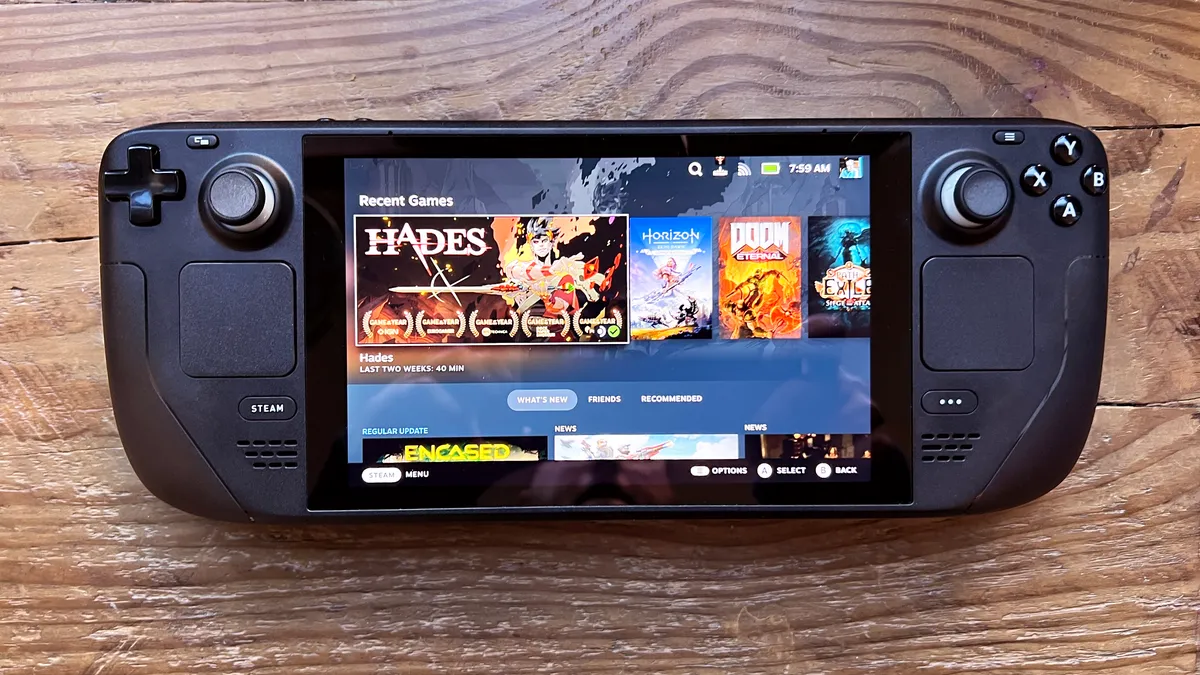
The best emulation machine today is a regular gaming handheld, conceived to play modern Windows and Linux games: The Steam Deck. EmuDeck is a 1-click software addon that adds a user-friendly emulation solution for the Steam Deck. It bundles and configures all the emulators you’ll ever need, with support for the built-in controller (or external bluetooth controllers). At the time of writing, EmuDeck includes the following emulators:
- Cemu (Wii U)
- Citra (3DS)
- Dolphin (Gamecube and Wii)
- DuckStation (Playstation 1)
- MAME (Arcade games and more)
- melonDS (Nintendo DS) (Standalone)
- mGBA (Gameboy, Gameboy Color, and Gameboy Advance) (Standalone)
- PCSX2 (Playstation 2)
- PPSSP (Playstation Portable)
- PrimeHack (Metroid Prime Trilogy)
- RetroArch (Retro Systems incl. Atari, NES, SEGA, SNES)
- Rosalie’s Mupen GUI (Nintendo 64)
- RPCS3 (Playstation 3)
- Ryujinx (Nintendo Switch)
- ScummVM (Point and Click Adventures)
- Vita3K (Playstation Vita)
- Yuzu (Nintendo Switch)
- Xemu (OG Xbox)
- Xenia (Xbox 360)
Modern and retro-games in one device is the best of both worlds. Furthermore, the Steam Deck can be connected to a USB-C dock and use a TV or monitor through HDMI. This makes it a very versatile device.
RetroGameCorps has a useful guide for retrogaming on the Steam Deck.
Emulation handhelds
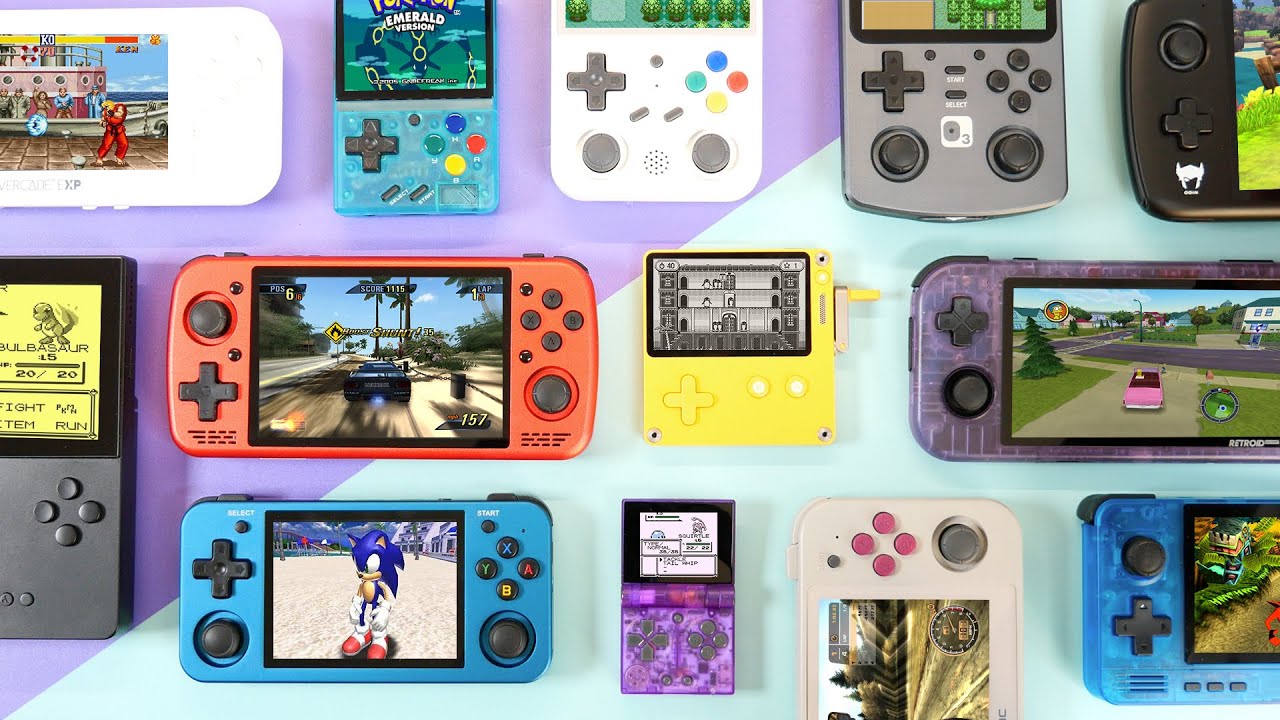
Nowadays, there is a big emulation ecosystem of companies creating cheaper and smaller devices, running on Android or Linux. Most of them will emulate everything from Atari to Sony PSP without any problem. The most powerful ones will also emulate Nintendo Game Cube/Wii and Sony PS2. The best well-known manufacturers are Retroid (I have the rp3+), Ambernic and Ayn Odin. Typically, Linux devices are pre-configured. Android ones need a one-time setup.
Evercade is a special case that may be interesting for people that don’t want to deal with emulation directly. They provide a console-like experience with cartridges that contain a selection of games. There will be huge gaps in the library —e.g. no Mario games—, but they have enough variety in the cartridges to keep you busy for a long time.
Dedicated hardware
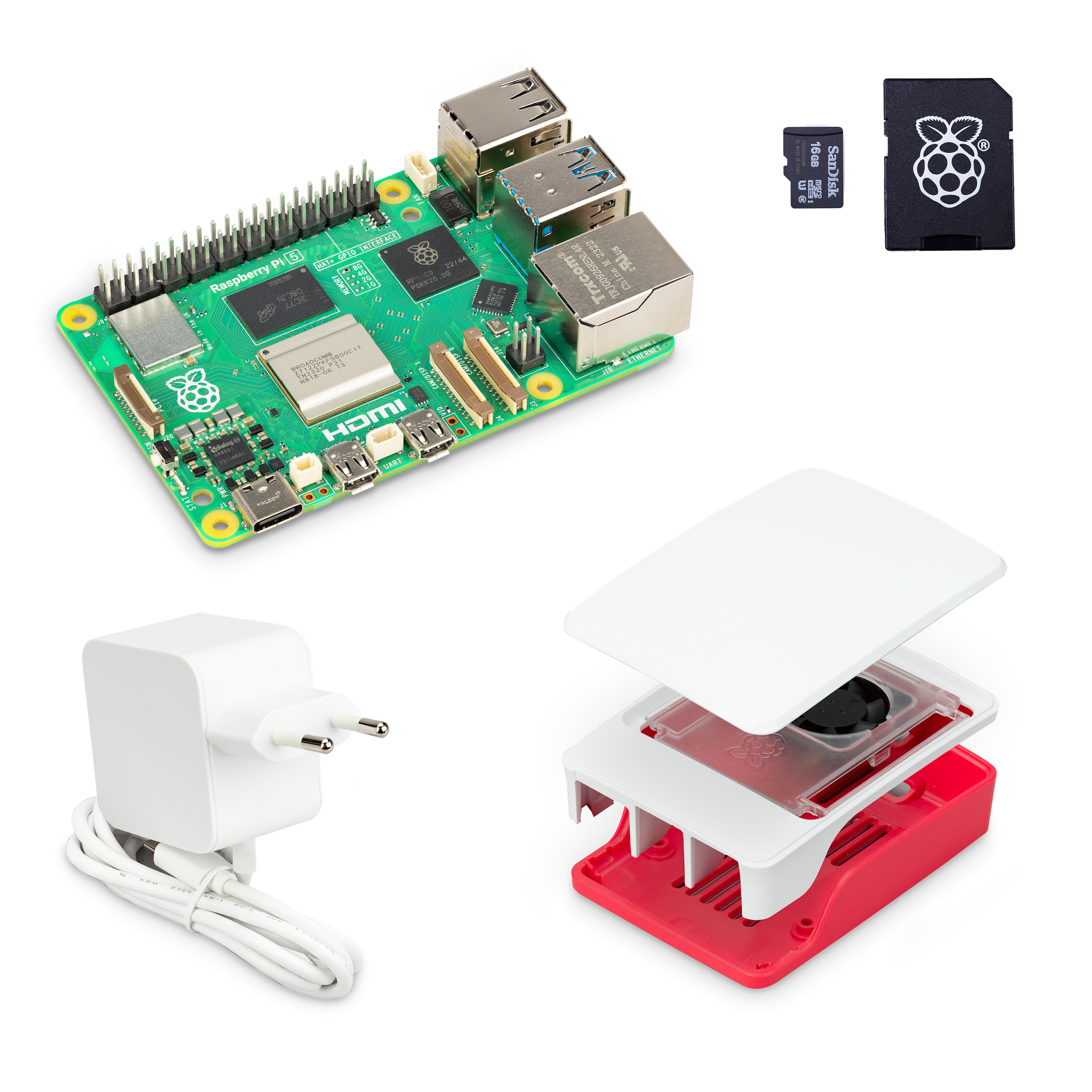
If you’re more of a tinkerer, you can easily build your own emulation machine with off the shelf hardware. The more powerful the hardware, the more systems you’ll be able to emulate. But even the slowest hardware available today will easily emulate the classics like NES, SNES, SEGA Genesis, Game Boy, Game Boy Advance, Playstation 1 and PSP. The raspberry pi 5 single board computer is a popular computer for this kind of projects. You can also opt for a small mini-pc (NUC) that brings a lot of power in a small package. Even an old laptop will do the job. They all provide an HDMI output to connect to a TV or monitor, and USB ports/Bluetooth for controllers.
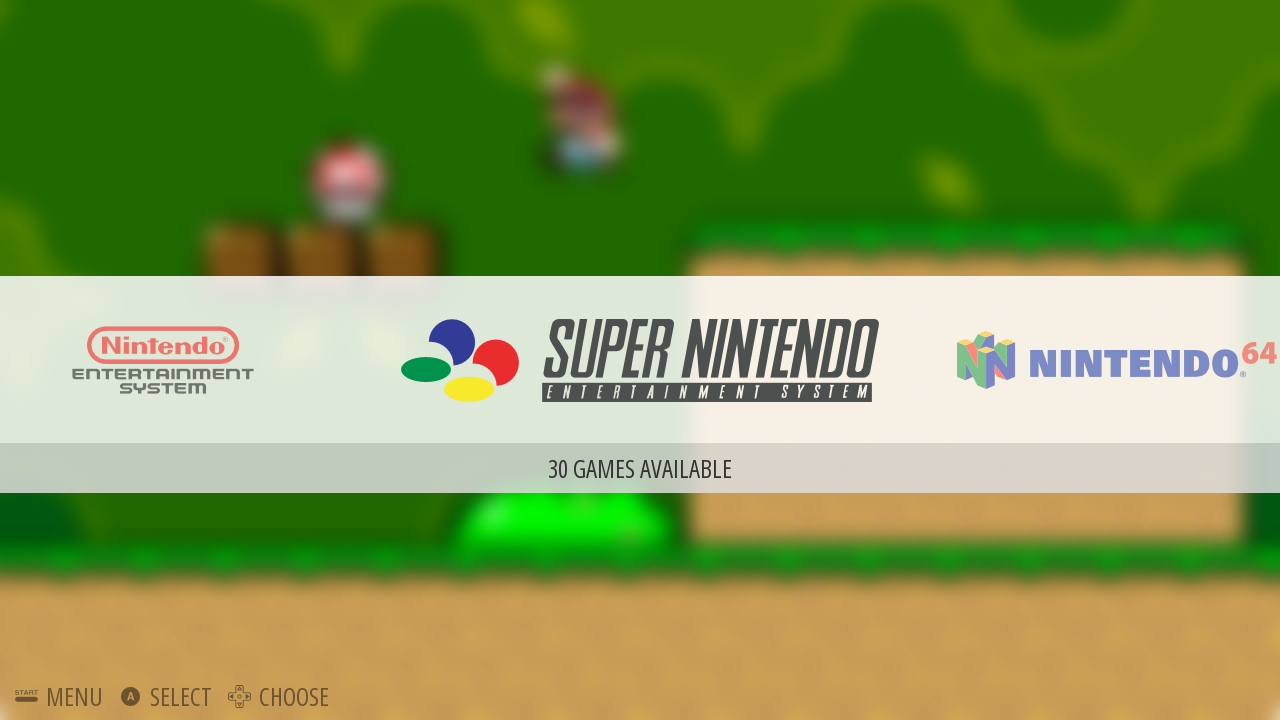 There are several software solutions to turn your hardware into an emulation
machine, with the most popular being Batocera and
RetroPie. They both use the
Emulation Station frontend,
so they are very similar in usage. Batocera, which I use myself
and recommend, makes it easier to setup things like Bluetooth controllers
and Wi-Fi.
There are several software solutions to turn your hardware into an emulation
machine, with the most popular being Batocera and
RetroPie. They both use the
Emulation Station frontend,
so they are very similar in usage. Batocera, which I use myself
and recommend, makes it easier to setup things like Bluetooth controllers
and Wi-Fi.
Daily laptop, PC or phone
If you just want to casually play retro games, you can use your daily laptop/desktop/phone. You’ll need to install the emulators for each system your self, but this is not difficult. You can do it when you need a specific system instead of all at once. There are many frontends to choose from if you want to centralise all your games in one place. (For phones, have a look at my rp3+ guide).